
SIMPLY ELECTRICAL STUDY Some Examples with AC Circuits
Alternating current ( AC) is an electric current which periodically reverses direction and changes its magnitude continuously with time, in contrast to direct current (DC), which flows only in one direction.
Polarity Symbols Direct Current Electrical Polarity Alternating Current, PNG, 1600x1600px
The periodic change in polarity in AC produces a magnetic effect crucial for these devices, lacking in DC.. (DC) power, but the power supplied to the computer from an electrical outlet is alternating current (AC). The power supply unit (PSU) in a computer is responsible for converting the incoming AC power from the wall outlet into the.

Plasma arc pressure of different AC current polarity time. Download Scientific Diagram
Ac Important Polarity In summary, the correct polarity of AC matters because it affects the direction of current flow, which can be important in certain circuits. This is why it is important to connect live to live and neutral to neutral in wall outlets, even though AC itself has no polarity.

Polarity of AC Circuits
Being that alternating current has no set "polarity" as direct current does, these polarity markings and their relationship to phase angle tends to be confusing. This section is written in the attempt to clarify some of these issues. Voltage is an inherently relative quantity. When we measure a voltage, we have a choice in how we connect a.

Polarity Change in AC Generator Physics
Measurements of AC Magnitude. So far we know that AC voltage alternates in polarity and AC current alternates in direction. We also know that AC can alternate in various ways, and by tracing the alternation over time, we can plot it as a "waveform.". We can measure the rate of alternation by measuring the time it takes for a wave to evolve.

Pulsed electrical current can have many different shapes and waveforms.... Download Scientific
AC stands for "Alternating Current," meaning voltage or current that changes polarity or direction, respectively, over time. AC electromechanical generators, known as alternators, are of simpler construction than DC electromechanical generators. AC and DC motor design follows respective generator design principles very closely.

AC Vs DC Welding Learn Which One Is The Best & Why?
Does AC Power have Polarity? Ask Question Asked 9 years, 2 months ago Modified 5 months ago Viewed 43k times 16 When I run 24VAC into a full wave bridge rectifier followed by a 220uF electrolytic capacitor to turn it into ~32VDC, the source has two wires. Does it matter in what order I connect the AC wires to the input to the bridge rectifier?
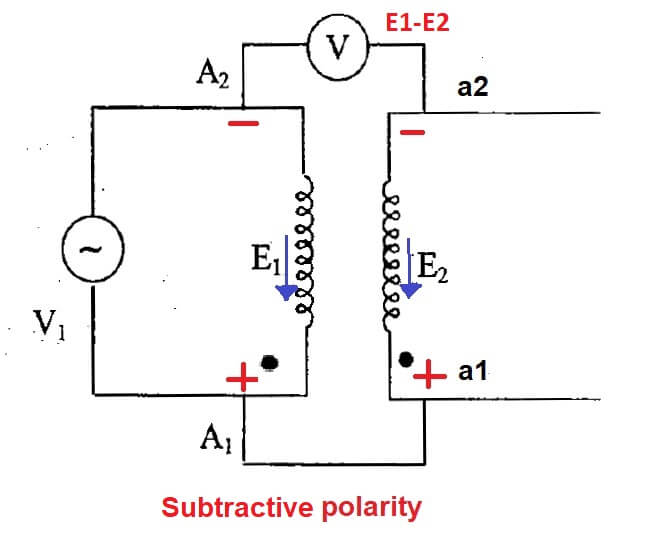
AC MACHINES1 (66761) Theory Illustrate the test to determine the polarity of a transformer
What is Alternating Current (AC)? PDF Version Most students of electricity begin their study with what is known as direct current (DC), which is electricity flowing in a constant direction, and/or possessing a voltage with constant polarity.
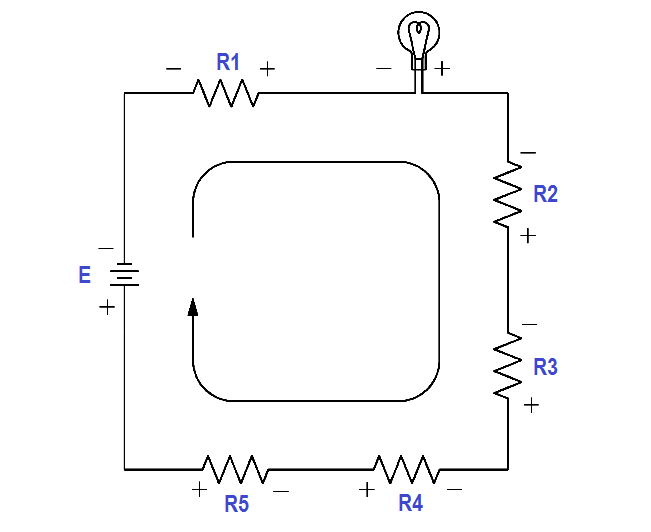
Voltage Polarity and Current Direction Inst Tools
Being that alternating current has no set "polarity" as direct current does, these polarity markings and their relationship to phase angle tends to be confusing. This section is written in the attempt to clarify some of these issues. Voltage is an inherently relative quantity. When we measure a voltage, we have a choice in how we connect a.
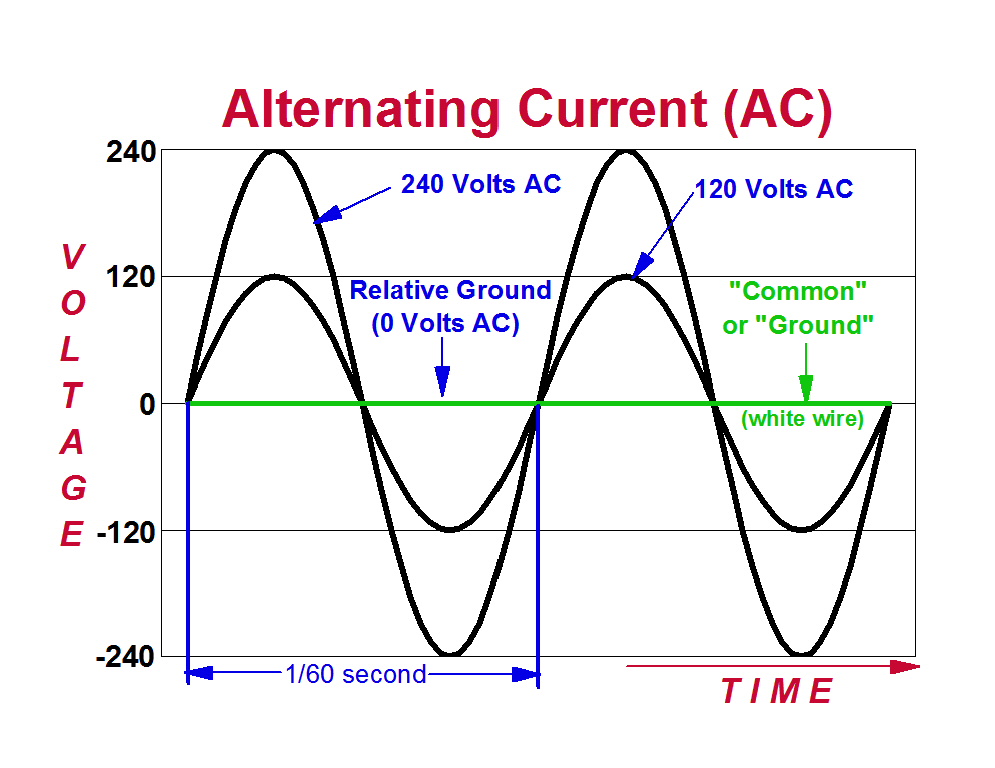
What is Alternating Current (AC)? Sunpower UK
Being that alternating current has no set "polarity" as direct current does, these polarity markings and their relationship to phase angle tends to be confusing. This section is written in the attempt to clarify some of these issues. Voltage is an inherently relative quantity.

Alternating Current (AC) Direct Current (DC) Definition, Differences
AC, or Alternating Current, is a type of electric current that periodically reverses direction, oscillating between positive and negative values. In an AC circuit, the electric charge flows first in one direction and then in the opposite direction, constantly reversing its direction at a certain frequency.
-vs-direct-current-(dc).png)
Alternating Current (AC) Direct Current (DC) Definition, Differences
Being that alternating current has no set "polarity" as direct current does, these polarity markings and their relationship to phase angle tends to be confusing. This section is written in the attempt to clarify some of these issues. Voltage is an inherently relative quantity. When we measure a voltage, we have a choice in how we connect a.

Induced AC current and field using a signal excitation coil in... Download Scientific
Chapter 1 Basic AC Theory AC Waveforms PDF Version When an alternator produces AC voltage, the voltage switches polarity over time, but does so in a very particular manner. When graphed over time, the "wave" traced by this voltage of alternating polarity from an alternator takes on a distinct shape, known as a sine wave: Figure below
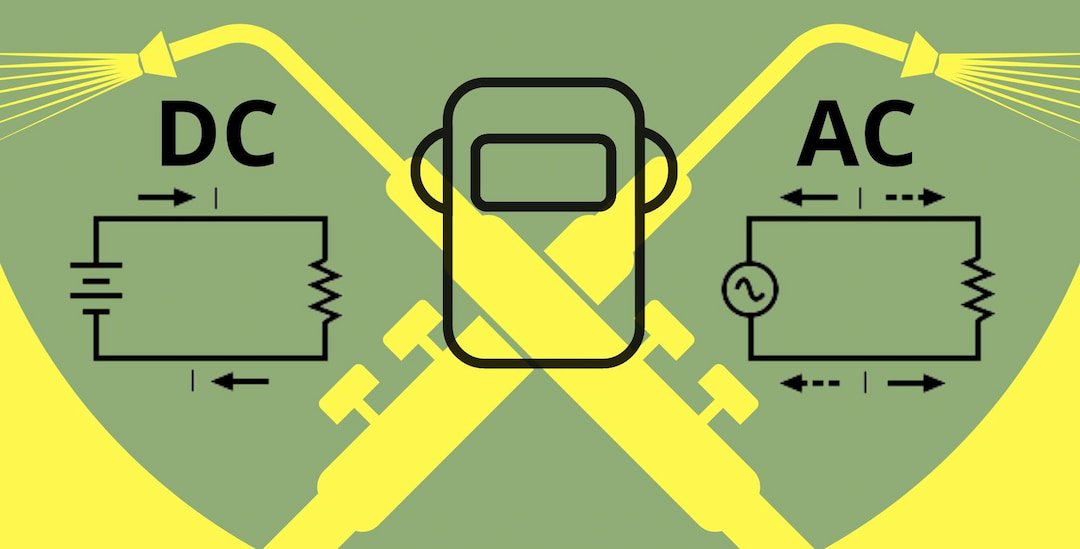
What is Reverse Polarity in Welding? When Do You Use It?
Polarity of AC Circuits Complex numbers are useful for AC circuit analysis because they provide a convenient method of symbolically denoting phase shift between AC quantities like voltage and current. However, for most people, the equivalence between abstract vectors and real circuit quantities is not an easy one to grasp.
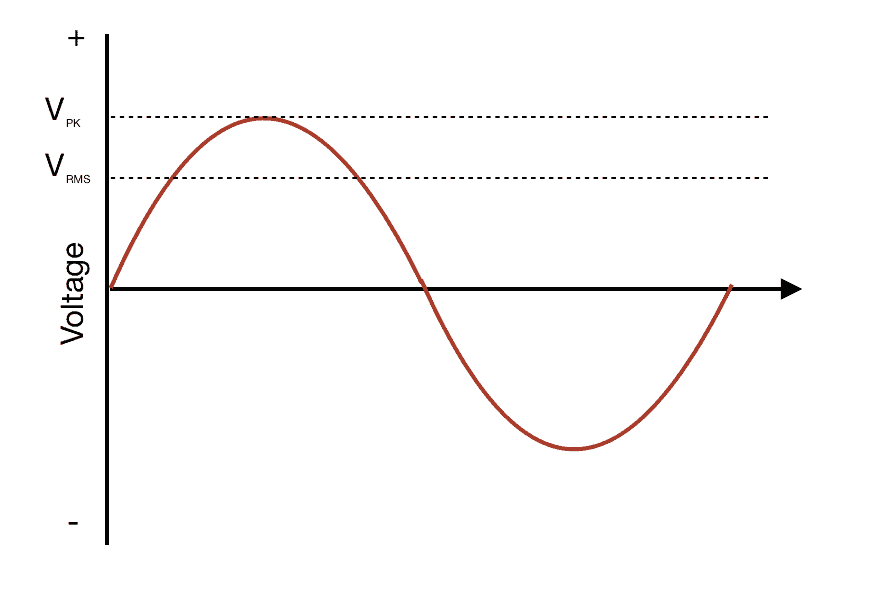
What is Alternating Current? Circuit Basics
It is a constant current. But an alternating current (AC) changes its polarity from every half cycle. For 50Hz current, the waveform changes its polarity at each 10ms. And the polarity changes 100 times in one second. AC Polarity In a DC system, the magnitude and polarity are sufficient to describe.

Electrical Mesh Current Polarity, Equation Setup Valuable Tech Notes
#1 So in the past whenever I used to think about AC current flow, I always envisioned it like the electrons were ping-pong-balls hanging from a string: The would only move back and forth as the voltage on the conductor went from positive to negative and back again.